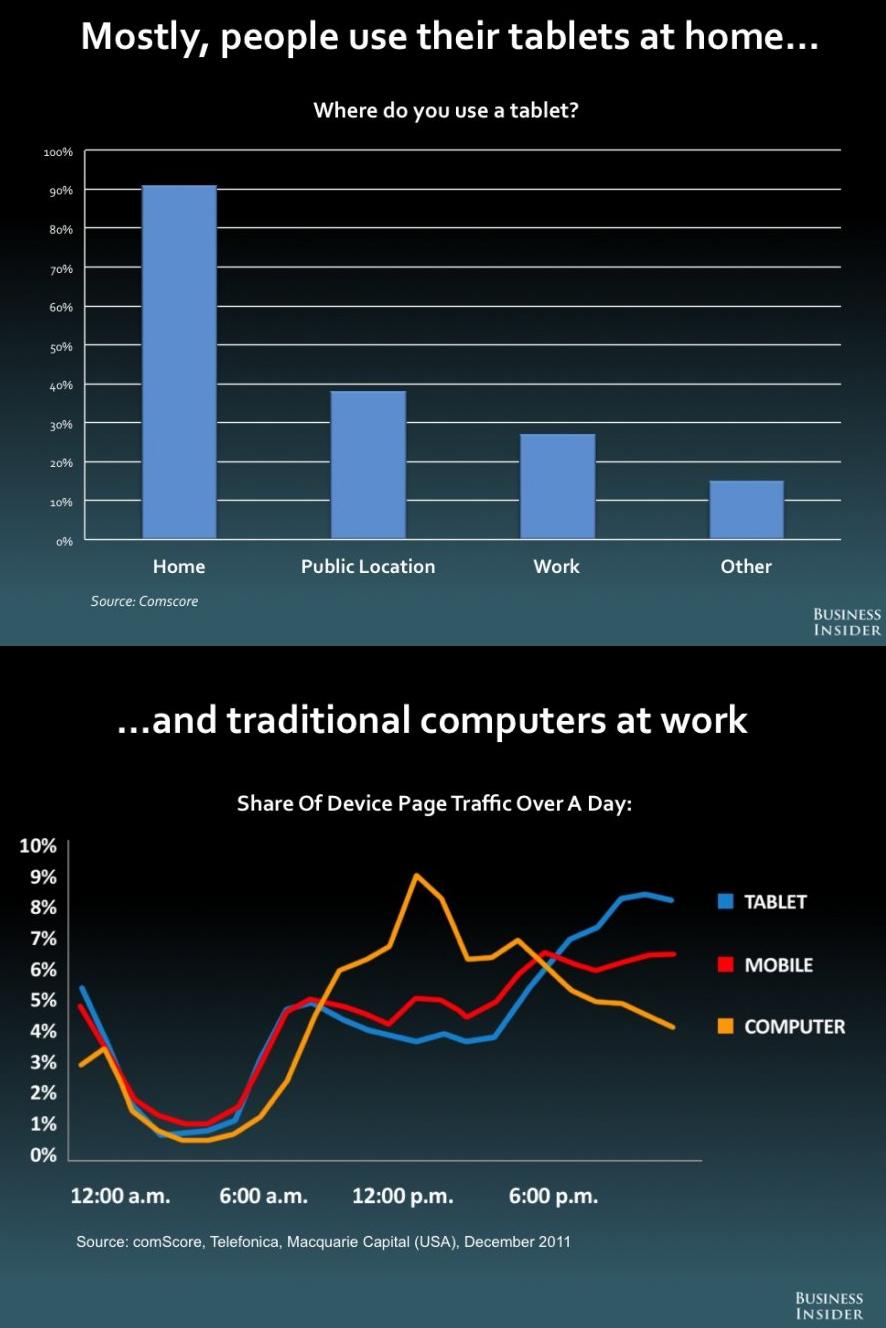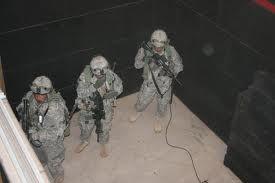In a recent posting (Network-centric Warfare: Dead or Alive ?), I wrote about the debate concerning network-centric warfare. In the wake of the “reorganization” and outright elimination of high-profile initiatives and programs associated with network-centric warfare, Defense vendors are anxiously wondering if it  will persist as a central doctrine for transforming the military.
will persist as a central doctrine for transforming the military.
Clearly, the military’s obsession with connectivity is far from over. DARPA is actively working to overcome the military’s traditional anxiety about the security of distributed servers (Pentagon Looks to Militarize the Cloud). The Army is running a contest for mobile applications and talking about issuing smartphones to every soldier (A Smart Phone for Every Soldier?). Solutions are being displayed for sticking 3G cellular pods on a variety of vehicles, including UAVs (Forward Airborne Secure Transmissions and Communications).
So the forces that spawned network-centric warfare are still active, but as I concluded in the above-referenced blog post, so are the problems that have frustrated its implementation. Here’s a partial list of obstacles
-
Money
-
Lack of interoperability
-
Money
-
Development and acquisition pipeline logjam
-
Money
According to at least one analysis, the current cost-climate climate means “… that the personnel and procurement budgets will be reduced to pay for O&M costs…” (Defense Industry Daily). As the demand for novel technology grows, acquisition budgets shrink. Defense wants the latest and greatest solutions, they want them now, and they want them to have a TRL level of 9 before they even see them. Government paying for research, testing, validation and verification? That’s so 20th century.
Using mature systems to develop advanced, useful solutions for today’s challenges is not impossible. Working with strategic partners, AMREL has developed System One, a Last Tactical Mile solution, a system composed of entirely battle-proven technology.
“The Last Tactical Mile” is a classic problem of network-centric warfare. Front-line troops are demanding real-time information. The days are over when data for C4ISR (Command, Control, Communications, Computers, Intelligence, Surveillance and Reconnaissance) only went to the “back-end” (headquarters located away from the front). However, getting this information into hands of the warfighter is a tremendous problem.
To appreciate the complexities of “The Last Tactical Mile,” imagine a team of Marines attacking a high value target in littoral waters. They might be deployed on an amphibious assault vehicle (whatever replaces the now-canceled Expeditionary Fighting Vehicle). In theory, this scenario could require connectivity among a UAV, external ship sensors, satellite networks, the amphibious assault vehicle, mother ship personnel, and the strike team deployed. Space is limited aboard the ships and all equipment must be ruggedized in order to withstand the harsh maritime and combat environments.
System One leverages AMREL’s broad range of from-factors for mature computing platforms, which are more than rugged enough to withstand the brutal vibrations of the high-speed landing craft, the corrosive conditions of the sea, as well as the violent realities of warfighting. AMREL’s durable, battle-tested PDAs are ideal for the Marine strike team. AMREL’s portable, rugged tablets could maintain communication with the amphibious assault vehicle’s coxswain as well as the mother ship’s onboard crew. Our fully functional 19/2® servers are1/4 the size of normal rack-mounted units, so they’re perfect for the cramped quarters of the assault vehicle. Designed to be flexible and to maximize connectivity, AMREL’s computers would have no problem tying the whole thing together with a MESH network.
System One has already successfully demonstrated the connectivity and reliability required for such a scenario. It can be installed on any vehicle, land or sea. It would function perfectly in the high-speed Stiletto boat and is small enough to fit in even the most crowded MRAP vehicle. In fact, it’s so compact, it is even man-portable.
An example of an advanced solution using mature, field-tested components, System One demonstrates that with careful strategic teaming and a bit of imagination, diminished government resources for research and testing can be leveraged into an opportunity.
For a more detailed discussion of “The Last Tactical Mile” and System One, please see IDGA’s interview with Luke McKinney, an expert in military intelligence operations and joint mission analysis.
 As I write, 3000 air safety inspectors have had their positions deemed “non-essential.” The Center for Disease Control’s staff for tracking food borne illnesses has been cut by more than half. Bars in Washington, D.C. are expanding hours for idle workers. From these random government-shutdown events, we can conclude that that furloughed workers are being advised: don’t fly, don’t eat strange food, stay in town, and get drunk.
As I write, 3000 air safety inspectors have had their positions deemed “non-essential.” The Center for Disease Control’s staff for tracking food borne illnesses has been cut by more than half. Bars in Washington, D.C. are expanding hours for idle workers. From these random government-shutdown events, we can conclude that that furloughed workers are being advised: don’t fly, don’t eat strange food, stay in town, and get drunk.





 “DoD will manage the force in ways that protect its ability to regenerate capabilities that might be needed to meet future, unforeseen demands, maintaining intellectual capital and rank structure that could be called upon to expand key elements of the force.”
“DoD will manage the force in ways that protect its ability to regenerate capabilities that might be needed to meet future, unforeseen demands, maintaining intellectual capital and rank structure that could be called upon to expand key elements of the force.”
 emphasis placed on acquisition of Commercial Off The Shelf (COTS) products by the Department of Defense (DoD). In the past, COTS constituted a few percent of all items purchased by the DoD. While the overall amount is still low, some weapon systems are composed by as much as 50% of COTS. What are the good, the bad and the ugly about COTS?
emphasis placed on acquisition of Commercial Off The Shelf (COTS) products by the Department of Defense (DoD). In the past, COTS constituted a few percent of all items purchased by the DoD. While the overall amount is still low, some weapon systems are composed by as much as 50% of COTS. What are the good, the bad and the ugly about COTS? griping about product development. Trying to deliver a system that the government wants was impossible, because of the time lag. Who knows what the Department of Defense would want or need 2 or 5 years from now? All participants in the meeting agreed that it was the governments’ fault. The Feds simply weren’t telling us what they wanted. Well, it’s not for the lack of trying. It seems every week there’s a new roadmap, report, vision, or long-term plan. I recently reviewed my personal collection of downloaded documents and came up with:
griping about product development. Trying to deliver a system that the government wants was impossible, because of the time lag. Who knows what the Department of Defense would want or need 2 or 5 years from now? All participants in the meeting agreed that it was the governments’ fault. The Feds simply weren’t telling us what they wanted. Well, it’s not for the lack of trying. It seems every week there’s a new roadmap, report, vision, or long-term plan. I recently reviewed my personal collection of downloaded documents and came up with: 
 will persist as a central doctrine for transforming the military.
will persist as a central doctrine for transforming the military.